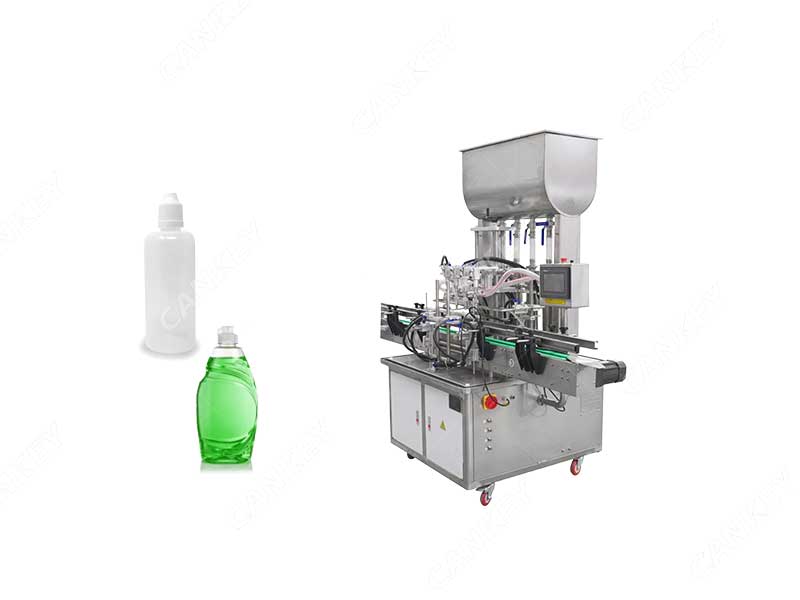In today’s fast-paced industrial landscape, automation has become a key driver of efficiency and productivity. Automatic filling machines have emerged as indispensable tools in various industries, revolutionizing the way products are packaged, labeled, and distributed. This article explores what is the advantage of automatic filling machine and highlights their significant impact on streamlining production processes.
What is the advantage of automatic filling machine?
1. enhanced speed and efficiency:
One of the most prominent advantages of automatic filling machines is their ability to significantly increase the speed and efficiency of production lines. These machines are designed to handle high-volume production demands, offering consistent and precise filling operations at a much faster rate than manual methods. By automating the filling process, manufacturers can achieve higher output levels while maintaining superior quality control standards.
2. improved accuracy and precision:
Automatic filling machines are equipped with advanced technologies, such as sensors, flow meters, and programmable logic controllers, that ensure accurate and precise product measurements. This level of precision is critical for industries that deal with liquid or powdered substances, where even minor variations in filling volumes can impact product quality, consumer satisfaction, and regulatory compliance. By eliminating human error, automatic filling machines provide reliable and consistent results, minimizing product wastage and optimizing resource utilization.
3. enhanced product safety and hygiene:
In industries such as food, pharmaceuticals, and cosmetics, maintaining product safety and hygiene is of utmost importance. Automatic filling machines offer a closed and controlled environment for product handling, minimizing the risk of contamination or human-induced errors. These machines are designed with sanitary considerations in mind, incorporating features like stainless steel construction, easy cleaning mechanisms, and contactless filling options. Such measures not only safeguard the integrity of the products but also ensure compliance with stringent industry regulations.
4. versatility and adaptability:
Automatic filling machines are highly versatile, capable of accommodating a wide range of container sizes, shapes, and materials. They can handle various packaging formats, including bottles, jars. Moreover, these machines can be easily reconfigured or adjusted to accommodate different product types, viscosities, and fill volumes, providing manufacturers with greater flexibility and adaptability to meet evolving market demands. This versatility enables efficient multi-product manufacturing and reduces the need for investing in multiple specialized machines.
5. labor and cost savings:
By automating the filling process, businesses can significantly reduce their dependence on manual labor. Automatic filling machines require minimal operator intervention, allowing companies to allocate their workforce to more complex tasks that require human expertise. This leads to substantial cost savings in the long run, as it reduces labor costs, decreases the risk of injuries or repetitive strain injuries, and eliminates the need for hiring additional staff to meet production demands. Additionally, the reduction in product wastage and improved efficiency contribute to overall cost optimization.
As technology continues to evolve, we can expect further advancements in filling machines, offering even greater benefits and revolutionizing the way products are manufactured, packaged, and delivered.


